Your vital organs—screened
Scan your body for potential cancer and 500+ conditions in up to 13 organs.




Our scan is designed to















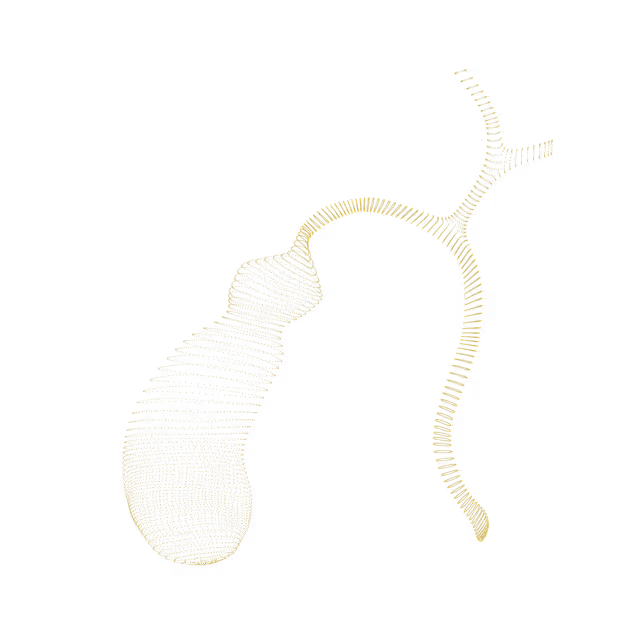
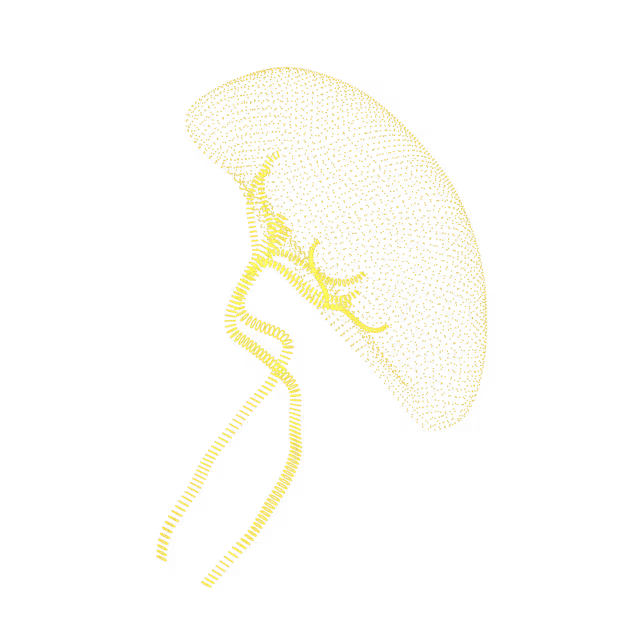

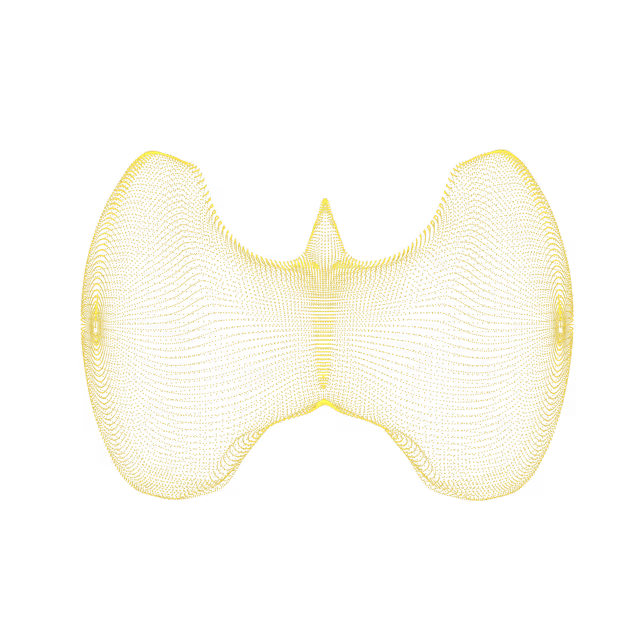

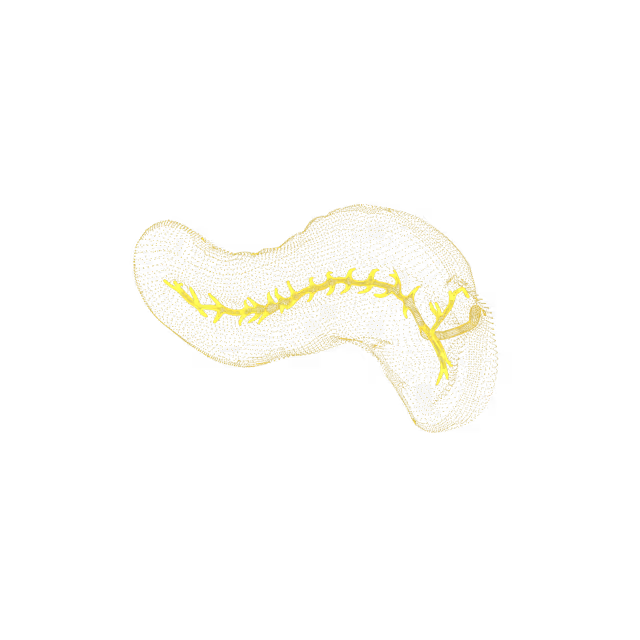
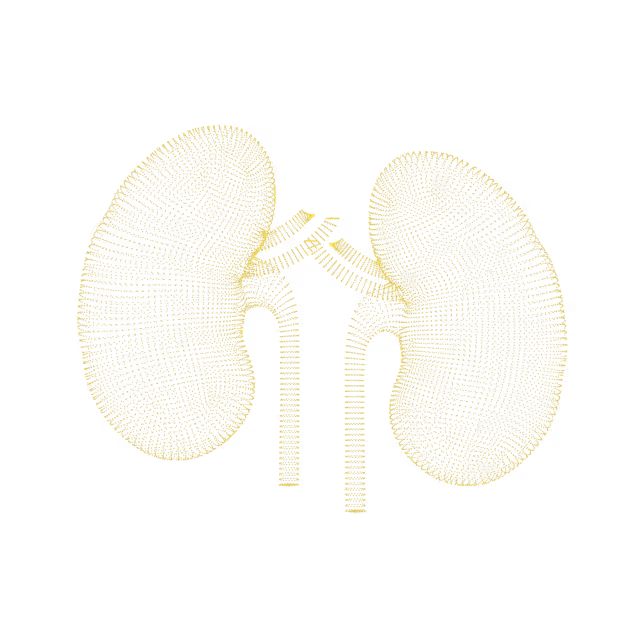
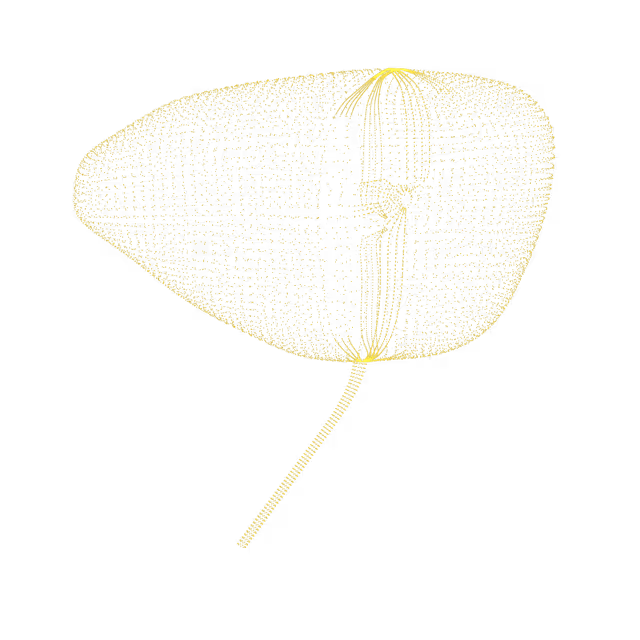
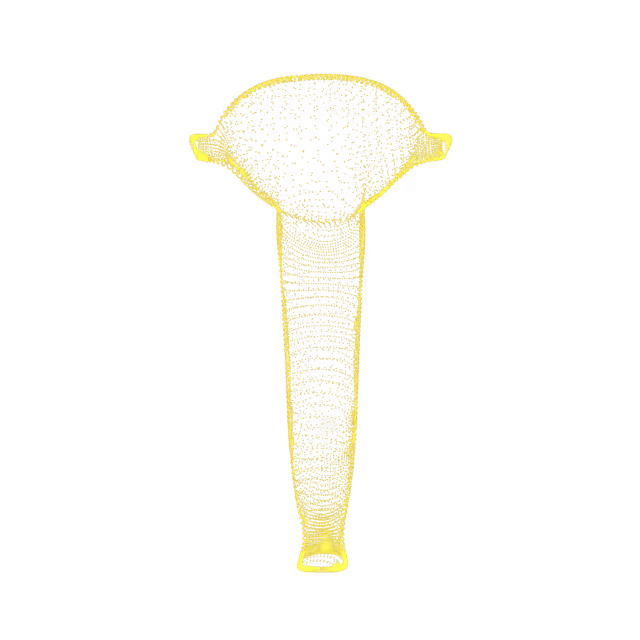
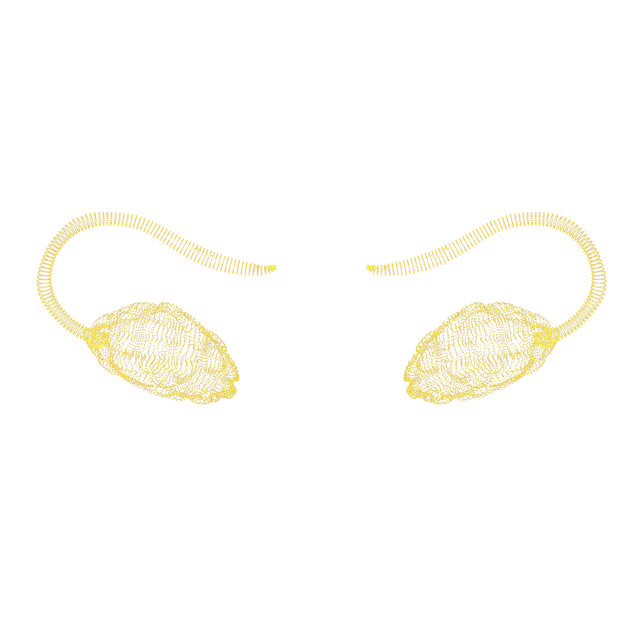
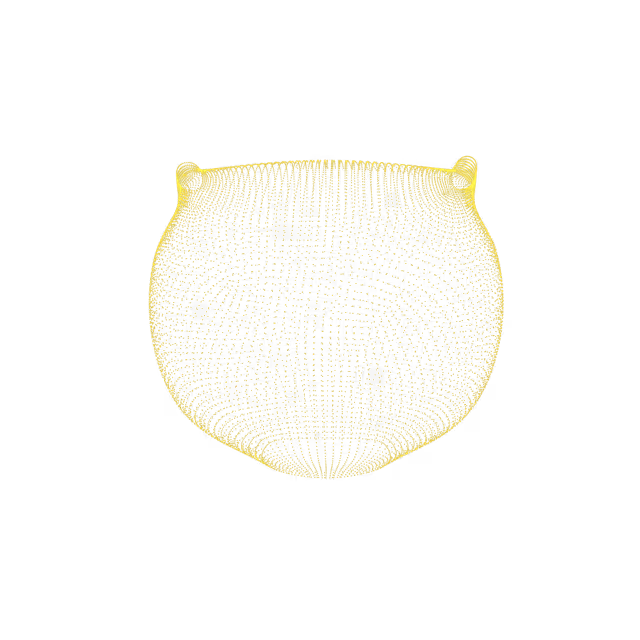

Seminal vesicle calculi (stones) are uncommon and their cause remains unclear. Individuals with such stones are usually between 30-45 years old and report a history of passing stones or grit during ejaculation, which is occasionally accompanied by pain, blood in the ejaculated fluids, or low ejaculation volume. Ejaculatory duct obstruction can occur in individuals with seminal vesicle stones and can result in infertility. Seminal vesicle calculi are generally corrected through surgical treatment as soon as possible after being identified, as they may become more painful and could potentially obstruct the seminal vesicles.
A urethral diverticulum is an uncommon condition found mainly in adult women. A urethral diverticulum is when a “pocket” or outpouching occurs along the urethra, a small tube through which urine passes to exit the body. Most urethral diverticula occur in the middle portion and distal urethra (the part of the urethra closest to the outside of the body) and more than one diverticulum may be present. Delayed or missed diagnosis of this condition can lead to chronic problems including stone formation, chronic infections, or malignant (cancerous) transformation.
The seminal vesicles are two small glands that store and produce the majority of the fluid that makes up semen. Seminal vesicle atrophy is characterized by a reduction in the size and number of glandular components and lining epithelial cells of the seminal vesicle. Seminal vesicle atrophy may be congenital (from birth) or it can occur as an age-related change when the depletion of androgenic hormone has a profound atrophic effect on accessory sex organs. Treatment with anti-androgenic substances can also lead to the atrophy of the seminal vesicle.
An inguinal hernia occurs when tissue, such as part of the intestine or fat, pushes through a weak spot in the abdominal wall. Inguinal hernia repair is surgery to repair a hernia in the groin. During surgery to repair the hernia, the bulging tissue is pushed back in. The abdominal wall is strengthened and supported with sutures (stitches), and sometimes mesh. This repair can be done with open or laparoscopic surgery.
A cesarean scar “niche” is a tethering of the endometrium that can serve as a reservoir for intermenstrual blood and fluid. Intrauterine devices can be malpositioned in the cesarean delivery scar, and endometrial implants can develop in the abdominal wall years after surgery. Sometimes due to a woman's previous C-section, there is scarring as well as thinning of the muscle wall of the uterus. For post-menopausal women, no follow-up is indicated. For pre-menopausal women, this defect could potentially cause a rupture of the uterus during pregnancy.
The endometrium is the lining of the uterus. Causes for this can include fibroids, polyps or endometrial cancer.
The endometrium is the inner lining of the uterus. A cyst is a sac-like pocket of membranous tissue that contains fluid, air, or other substances. Cysts can grow almost anywhere in the body. There are many different types of cysts. Most cysts are benign (non-cancerous). Whether a cyst needs treatment depends on a number of factors, including the type of cyst, the location, if the cyst is causing pain or discomfort, and whether the cyst is infected.
Adhesions are bands of scar tissue that can cause internal organs to be stuck together when they are not supposed to be. Most often, adhesions are the result of previous surgery, but some can occur following pelvic infection, and many times they accompany more severe stages of endometriosis (when cells similar to those lining the uterus grow outside the uterus).
Vaginal cysts (fluid-filled sacs) occur on or under the lining of the vagina. Most vaginal cysts are benign (non-cancerous), do not cause symptoms and do not require treatment. Cysts that become infected or grow in size may cause a feeling of vaginal pressure, painful sexual intercourse, vaginal discharge, abnormal vaginal bleeding or block the vagina or urethra (the tube that carries urine out of the body from the bladder).
The endometrium (the innermost lining of the uterus) is heterogeneous when it does not have the same appearance throughout. Endometrial hyperplasia (EH) is a thickening of the endometrium caused by an overgrowth of endometrial cells. This is typically a result of a hormone imbalance in which there is increased exposure to estrogen. Causes include perimenopause or menopause, polycystic ovary syndrome (PCOS), obesity, or medications (e.g. hormone replacement therapy or birth control).


© 2025 Ezra